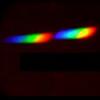Sign in to follow this
Followers
0

The vagus nerve is not the sushumna/central channel
By
Tibetan_Ice, in General Discussion

By
Tibetan_Ice, in General Discussion